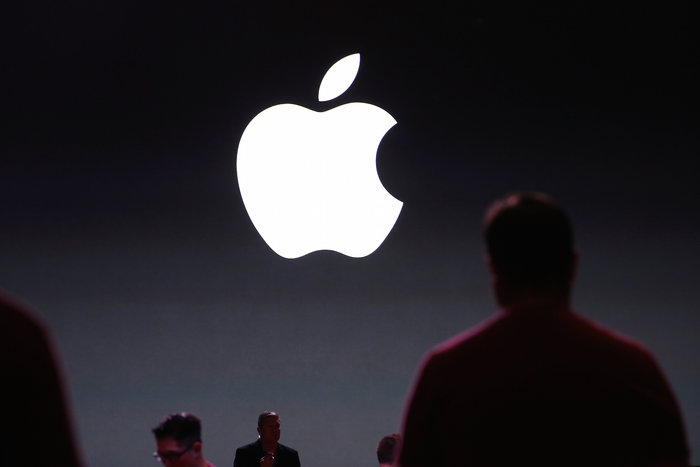The scientists proposed a new software approach called "VoxelNet" for helping computers detect three-dimensional objects.
Apple declined to comment.
Academics are used to freely sharing their work with peers at other organizations. Yielding to that dynamic, Apple in July established the Apple Machine Learning Journal for its researchers. Their work rarely appears outside the journal, which so far has not published any research on self-driving cars.
Self-driving cars often use a combination of normal two-dimensional cameras and depth-sensing “LiDAR” units to recognize the world around them. While the units supply depth information, their low resolution makes it hard to detect small, faraway objects without help from a normal camera linked to it in real time.
But with new software, the Apple researchers said they were able to get “highly encouraging results” in spotting pedestrians and cyclists with just LiDAR data. They also wrote they were able to beat other approaches for detecting three-dimensional objects that use only LiDAR. The experiments were computer simulations and did not involve road tests.
Though Chief Executive Tim Cook has called self-driving cars “the mother of all AI projects,” Apple has given few hints about the nature of its self-driving car ambitious.
Last December, Apple told federal regulators it was excited about the technology and asked regulators not to restrict testing of the technology.
In April, Apple filed a self-driving car testing plan with California regulators.
More about: #Apple















































